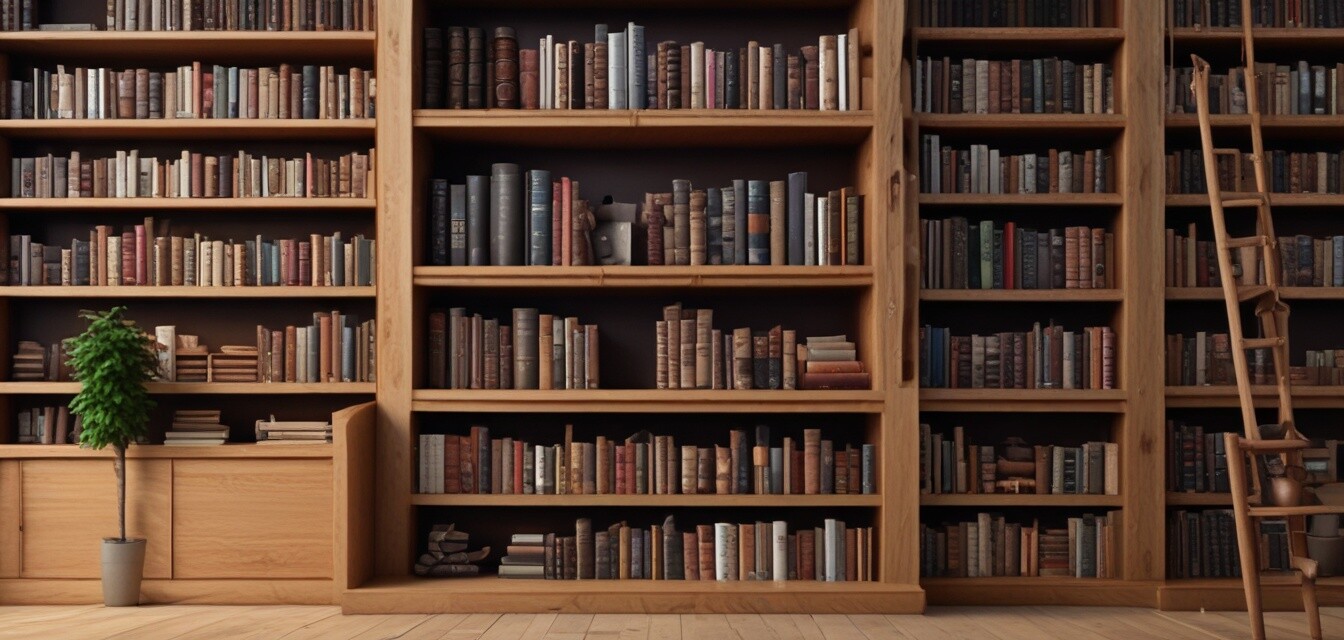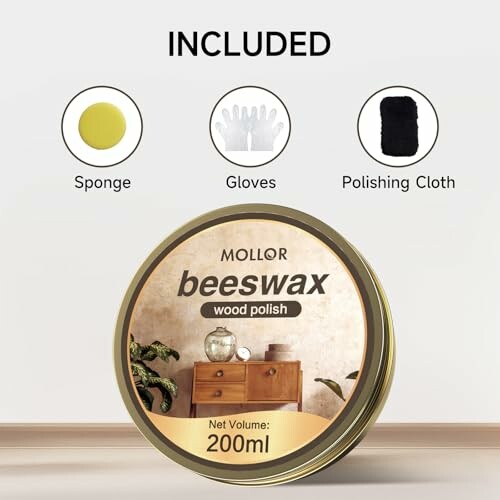
How to Choose the Right Wooden Bookshelves
Key Takeaways
- Consider the type of wood and its durability.
- Measure your space before purchasing bookshelves.
- Think about style and how it fits with your home decor.
- Assess the specific features you need, like adjustable shelves or closed storage.
- Explore sustainable wood options for an eco-friendly choice.
Choosing the right wooden bookshelves can significantly enhance your decor and functionality in any space. Whether you're looking to create a cozy reading nook in your living room or a sophisticated library in your study, we guide you through the essential criteria to consider when selecting wooden bookshelves.
1. Types of Wood
When selecting wooden bookshelves, the type of wood matters. Common choices include:
- Oak: Renowned for its strength and durability, oak bookshelves display a beautiful grain and can last for generations.
- Pine: A more budget-friendly option, pine offers a lighter finish but can be prone to denting and scratching.
- Maple: Known for its fine texture and resistance to warping, maple is perfect for a sleek look.
- Cherry: With rich colors, cherry wood adds elegance but can be pricier.
- Walnut: This premium wood offers a luxurious appearance and exceptional durability.
Wood Quality and Sustainability
While aesthetics are essential, choosing sustainably sourced wood is also crucial. Look for products certified by organizations like the Forest Stewardship Council (FSC). For more information on sustainable choices, check out our article on Sustainable Wood Furniture.
2. Measuring Your Space
Before making any purchase, accurately measure the space where your bookshelf will go. Note the height, width, and depth to ensure it fits well.
Create a simple sketch of your room layout and mark potential locations for the bookshelf:
| Measurement | Details |
|---|---|
| Height | Consider ceiling height and other furniture. |
| Width | Leave space for easy access and decor placement. |
| Depth | Ensure it fits well without cluttering. |
3. Style and Finish
Wooden bookshelves come in various styles to match your decor. Some popular styles include:
- Traditional: Often intricately designed with classic motifs.
- Modern: Minimalist structures with clean lines and neutral colors.
- Rustic: Showcases natural wood textures, perfect for cozy homes.
- Contemporary: Bold, unique designs often combining various materials.
Color Finish
Consider whether you prefer a natural wood finish, painted options, or stained wood. Each choice can drastically impact the overall look of your room.
For more on selecting finishes for your wood projects, see our article on Natural Wood Finishes.
4. Features to Look For
Identify what features you require in your bookshelf:
- Adjustable Shelves: Great for varying book sizes.
- Built-In Lighting: Helpful for showcasing items.
- Doors vs. Open Shelving: Consider if you need enclosed storage.
- Height and Width Variability: Some shelves have height options for floor-to-ceiling designs.
5. Practical Maintenance
Maintaining your wooden bookshelf ensures it lasts. Regularly dust it and apply wood polish to keep it in top shape. A great product to consider is Beeswax Furniture Polish, which revitalizes and protects wood surfaces.
Beeswax Furniture Polish
This natural wood conditioner enhances the beauty of your wooden items while providing a smooth finish.
Learn MoreConclusion
Selecting the right wooden bookshelf involves understanding your needs, measuring your space, and considering your style preferences. Ensure you choose high-quality, sustainable wood to enjoy both elegance and functionality in your home. With these tips in mind, you can find the perfect wooden bookshelves that not only house your favorite reads but also enhance your living space.
Pros
- Durable and long-lasting material.
- Variety of styles that suit different decor.
- Environmentally friendly options available.
Cons
- Can be heavier and hard to move.
- Initial cost may be higher than other materials.
Explore More
To continue enhancing your home with beautiful wood products, check out these helpful resources:
